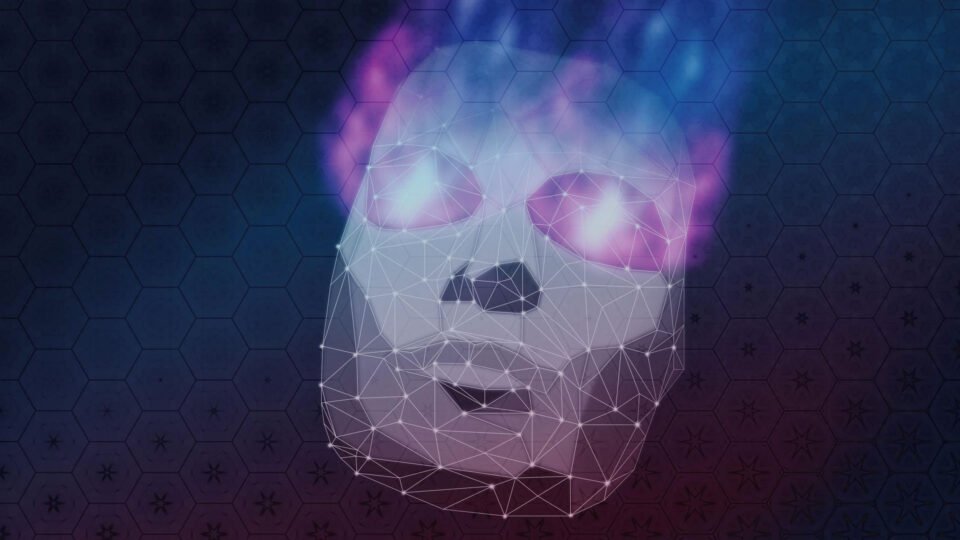Learn how the rise of deep fake technology can transform the cyber threat landscape and also understand the implications, risks, and strategies to mitigate this emerging technology.
Introduction
In the last few years, we have witnessed that the digital landscape’s boundary between reality and fiction has become increasingly blurred thanks to the advent of deepfake technology. While the intention of developing deep fake technology was purely for entertainment and other legitimate applications, in recent times it has become infamous for spreading misinformation. This technology can also manipulate the cybersecurity domain by confusing or influencing users, exploiting their trust, and bypassing traditional security measures.
Numerous cybersecurity experts have raised questions about deep fake technology playing a multifaceted role and risking national security and prohibited information sources.
Today’s exclusive AITech Park article will explore the nature, risks, real-life impacts, and measures needed to counter these advanced threats.
1. Decoding DeepFakes
At its core, deep fakes are a part of artificial intelligence (AI) and machine learning (ML) that leverages sophisticated AI algorithms to superimpose or replace elements within audio, video, or images and develop hyper-realistic simulations of individuals saying or doing things they never did.
As the availability of personal information rises online, cybercriminals are investing in technology to exploit deep fake technology, especially with the introduction of social engineering techniques for phishing attacks, as it can mimic the voices and mannerisms of trusted individuals. Cyber attackers orchestrate complicated schemes to mislead unsuspecting targets into revealing sensitive information or transferring funds.
2. The Progression of Deep Fakes
Deepfakes have opened a new portal for cyber attackers, ranging from suave spear-phishing to the manipulation of biometric security systems. Spear phishing is a common form of deep fake phishing that develops near-perfect impersonation of trusted figures, making a gigantic leap by replicating writing style, tonality, or mincing exact email design. This realistic initiation of visuals and voice can tend to pose an alarming threat to organizations and stakeholders, raising serious concerns about privacy, security, and the integrity of digital content.
For instance, there are cases registered where cyber attackers impersonate business associates, vendors, suppliers, business partners, or C-level executives and make payment requests, demand bank information, or ask for invoices and billing addresses to be updated to steal sensitive data or money. Another example is business email compromise (BEC), which is a costlier form of cybercrime, as these scams are possibly conducted for financially damaging organizations or individuals.
3. Keeping Your Guard Up
The introduction of deep fake technology in the 21st century calls for reinforcing and revisiting security protocols by shifting the focus from multi-factor and multi-modal authentication. By taking this approach, cyber attackers will face challenges in replicating any video or audio with deepfake technology. Organizations must hire a team of well-informed individuals as a first line of defense to combat deepfake-induced cyberattacks. Regular training and awareness programs should also be conducted to ensure employees are well aware of security threats and can easily identify and respond to any potential dangers effectively.
4. The Road Head
As this widespread cybersecurity continues, experts warn organizations and individuals that in the near future, authentication of digital content will no longer be taken for granted, and the world we see will no longer be believed. We are well aware of the potential harm it has created in the past by sabotaging the reputations of individuals through forged scandalous content. Therefore, to address these challenges, organizations need to mandate a renewed emphasis on deepfake detection tools, enhanced security protocols, and extensive cybersecurity awareness and should be prepared for the next wave of technological innovation.
In this era of digitization, we can say that we are navigating the uncharted territory of generative AI (GenAI), where we need to understand the importance of collaboration, stay vigilant, and take measures to combat the threat of deepfakes. The question here shouldn’t be whether we can completely eradicate the threat but how we acclimate our strategies, systems, and policies to mitigate deepfake threats effectively.
Explore AITechPark for top AI, IoT, Cybersecurity advancements, And amplify your reach through guest posts and link collaboration.

